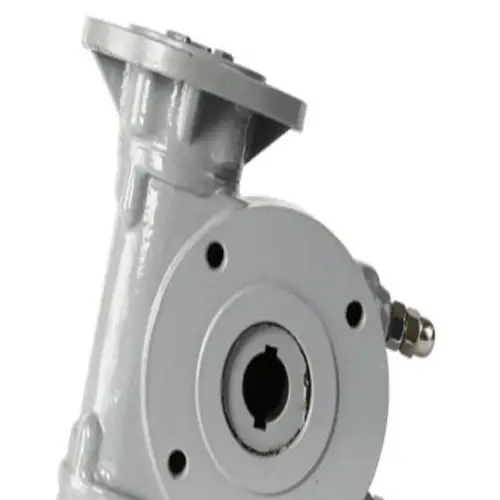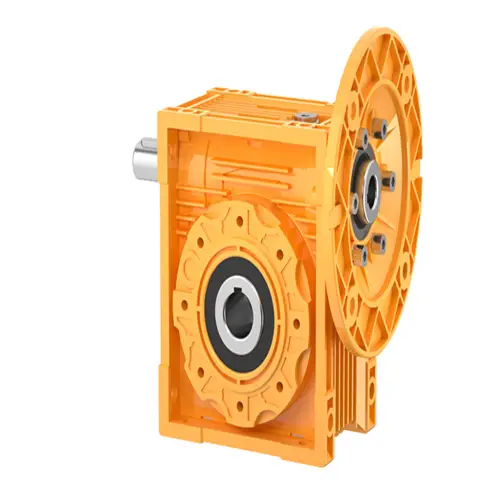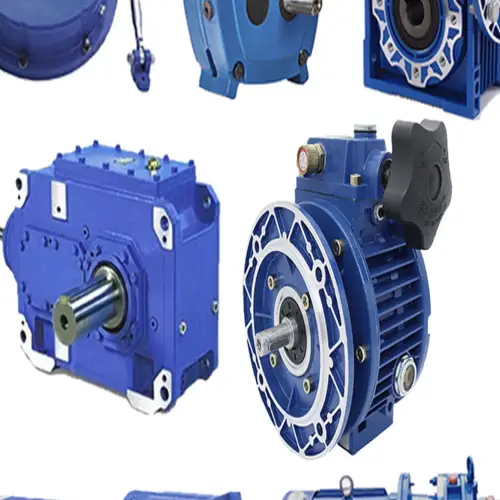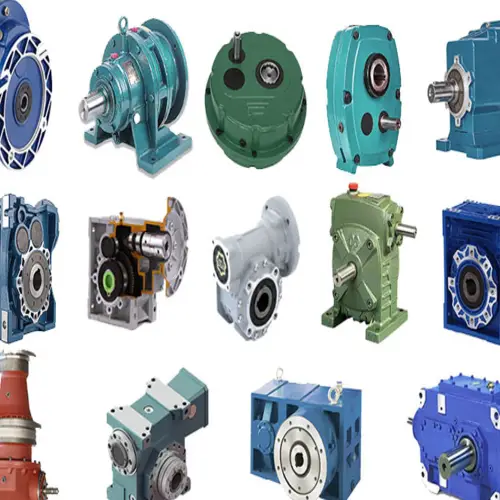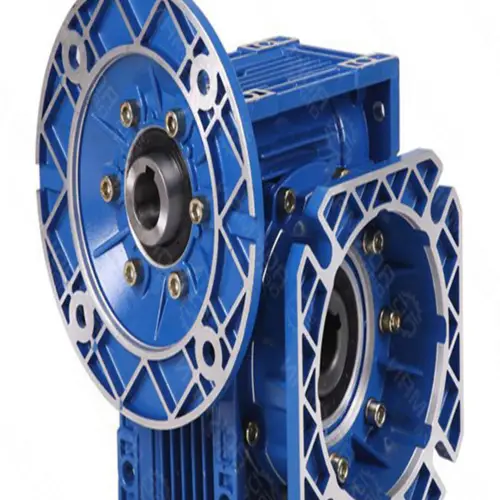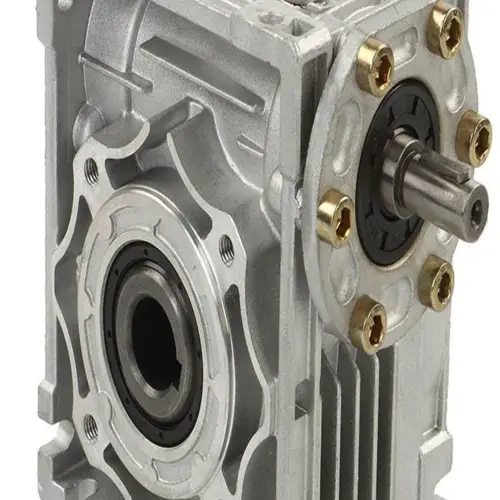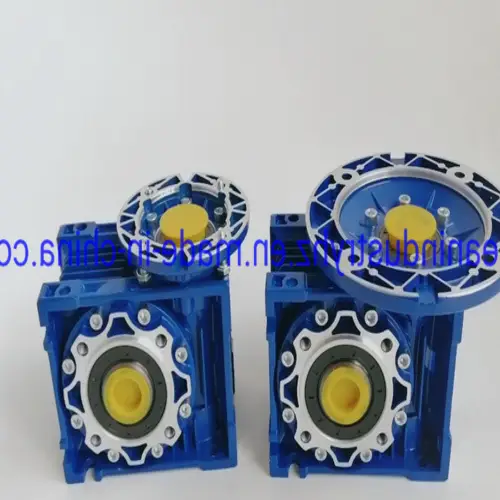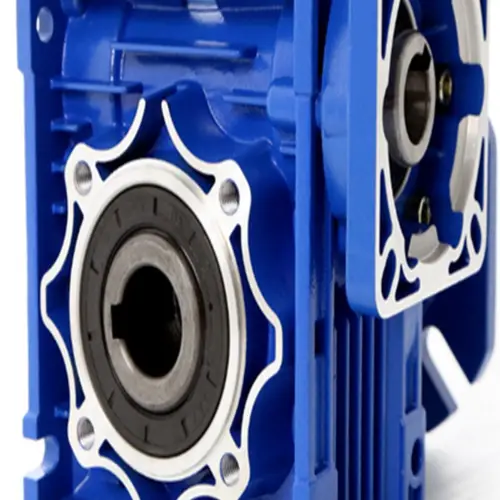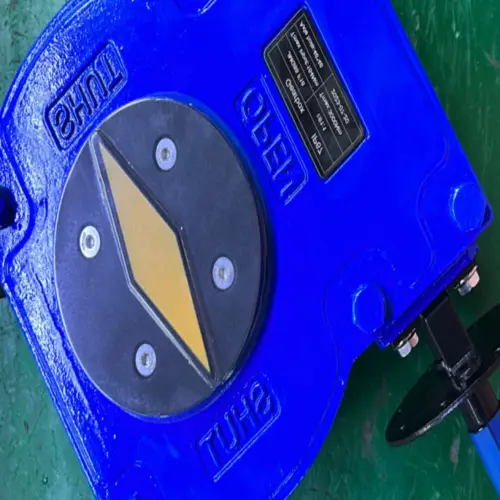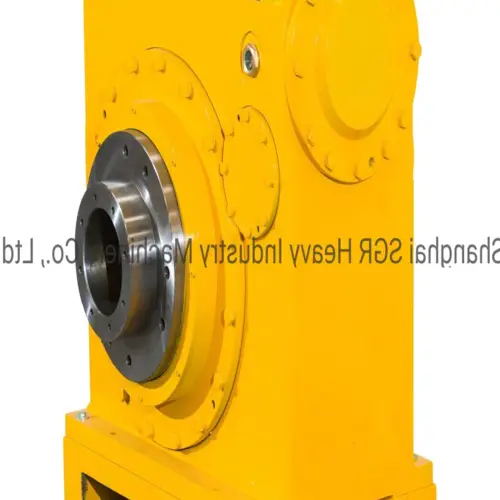
China’s Best Sales Cast Iron Reducer Double Enveloping Worm Gearbox with Input Shaft
The cast iron reducer double enveloping worm gearbox with input shaft is a high-quality product designed by China’s best manufacturers. This gearbox is equipped to handle the toughest working conditions with high torque double enveloping. The universal design of the gearbox and its multi-tooth mesh allows for a higher driving efficiency than traditional worm gears. The gearbox is customized to meet various applications and has a long service period with a moderated price.
Product Description
The cast iron reducer double enveloping worm gearbox with input shaft is a powerful transmission system that delivers unparalleled performance and reliability. Available in models C100 – 500, with a ratio of 10.25 – 63, and an output torque of 683 – 51180 N.m, this gearbox can handle a variety of industrial applications. The gearbox comes with a rating power of 1/4HP(0.18 Kw) – 600HP(450Kw) to cater to different power requirements.
Advantages of Double Enveloping Worm Gearbox
The double enveloping worm gear reducer is designed with a high torque gearbox by China’s professional R&D team. The gear teeth and worm threads are straight-sided forms that are tangent to a common base circle, resulting in a smooth, noiseless operation. The gearbox has different involutes or curved tooth forms, increasing its loading capacity and driving efficiency. The double enveloping worm gear reducer is suitable for high reduction ratio and has no installation space constraints, making it possible to use many different gear types to reach 200:1 ratio. The gearbox has a long life service period and uses fans or cooling pipes to solve heat generated during gear unit running.
Customized Design
The double enveloping worm gearbox is designed to meet various application requirements. The gearbox is tested for quality before shipping, ensuring that it meets the highest industry standards. The gearbox has a high power density and is designed for heavy-duty applications, making it suitable for metal cutting and forming machinery, mining and construction equipment, paper and plastic converting machinery, and more.
Main Products
Our company mainly supplies various products for industrial use, such as agricultural gearboxes, power output shafts, sprockets, fluid couplings, worm gear reducers, gears and racks, roller chains, pulleys, planetary gearboxes, timing pulleys, bushings, etc.
FAQs
1. What is the ratio of the cast iron reducer double enveloping worm gearbox with input shaft?
The gearbox comes with a ratio of 10.25 – 63.
2. What is the output torque of the gearbox?
The gearbox has an output torque of 683 – 51180 N.m.
3. What is the rating power of the gearbox?
The gearbox comes with a rating power of 1/4HP(0.18 Kw) – 600HP(450Kw) to cater to different power requirements.
4. What is the advantage of the double enveloping worm gearbox?
The double enveloping worm gear reducer has a high torque gearbox design, resulting in a smooth and noiseless operation. It has a higher driving efficiency than traditional worm gears and can handle a variety of industrial applications.
5. What other products does your company offer?
Our company mainly supplies various products for industrial use, such as agricultural gearboxes, power output shafts, sprockets, fluid couplings, worm gear reducers, gears and racks, roller chains, pulleys, planetary gearboxes, timing pulleys, bushings, etc.
All the content of this page is from the Internet and is only intended as a reference for product selection. Our products are replacement parts and not original spare parts. We are not the holder of the original trademarks mentioned in the content. Our replacement parts are designed to perfectly adapt to the original spare parts. If you need to buy original spare parts, please contact the original factory or supplier for purchase.
Performance Characteristics of Worm Gearbox
Worm gearbox offers several performance characteristics that make it an ideal choice for various applications:
- High Efficiency: The worm gearbox provides high efficiency, ensuring maximum power transmission.
- Compact Design: Its compact design allows for easy installation and integration into different systems.
- High Torque: The worm gearbox offers high torque output, making it suitable for heavy-duty applications.
- Smooth Operation: It provides smooth and quiet operation, minimizing noise and vibration.
- Reliable and Durable: Worm gearbox is known for its reliability and durability, ensuring long-lasting performance.
- Self-Locking: The self-locking feature of the worm gearbox prevents it from back-driving, providing enhanced safety and stability.
Types and Characteristics of Worm Gearbox
Worm gearboxes are available in various types, each offering unique characteristics:
- Non-Reversible Worm Gearbox: This type of worm gearbox is designed for one-directional power transmission, suitable for applications where back-driving is not required.
- Reversible Worm Gearbox: Reversible worm gearbox allows for bidirectional power transmission, making it suitable for applications that require back-driving.
- Right-Angle Worm Gearbox: The right-angle worm gearbox is designed to transmit power at a 90-degree angle, allowing for compact and space-saving installations.
Advantages of Worm Gearbox Made of Different Materials
Worm gearboxes can be made of various materials, each offering its own advantages:
- Cast Iron Worm Gearbox: Cast iron worm gearbox provides excellent strength and durability, making it suitable for heavy-duty applications.
- Aluminum Worm Gearbox: Aluminum worm gearbox is lightweight and corrosion-resistant, ideal for applications where weight and environmental factors are a concern.
- Stainless Steel Worm Gearbox: Stainless steel worm gearbox offers superior resistance to corrosion and high temperatures, making it suitable for demanding environments.
Application of Worm Gearbox in Various Fields
Worm gearbox finds its value and importance in various fields, including:
- Material Handling: Worm gearbox is widely used in material handling equipment, providing efficient power transmission for conveyor systems and lifting mechanisms.
- Packaging Machinery: Worm gearbox plays a crucial role in packaging machinery, ensuring precise and reliable movement of packaging components.
- Food Processing: The hygienic design and smooth operation of worm gearbox make it suitable for food processing equipment where cleanliness and efficiency are essential.
- Textile Industry: Worm gearbox is utilized in textile machinery for precise control and synchronized movement of various components.
Future Development Trends and Opportunities of Worm Gearbox Products
The future of worm gearbox products holds several development trends and opportunities:
- Advanced Materials: The use of advanced materials in worm gearbox construction will enhance performance and durability.
- Improved Efficiency: Continuous advancements in gear technology will lead to enhanced efficiency and power transmission capabilities.
- Smart and Connected Gearboxes: Integration of smart and connected technologies will enable remote monitoring and predictive maintenance of worm gearboxes.
- Automation and Industry 4.0: The increasing adoption of automation and Industry 4.0 principles will drive the demand for efficient and reliable worm gearbox solutions.
Choosing a Suitable Worm Gearbox
When selecting a suitable worm gearbox, several aspects should be considered:
- Load Requirements: Determine the torque and power requirements of your application to ensure the selected worm gearbox can handle the load.
- Ratio Selection: Choose the appropriate gear ratio to achieve the desired speed and torque output.
- Type of Gearbox: Consider the specific type of worm gearbox that best suits your application’s needs, such as non-reversible, reversible, or right-angle.
- Environmental Factors: Evaluate the environmental conditions, including temperature, humidity, and the presence of corrosive substances, to select a gearbox with suitable material and protection features.
- Maintenance and Durability: Assess the maintenance requirements and expected lifespan of the worm gearbox to ensure it meets your long-term operational needs.
In conclusion, worm gearbox offers excellent performance characteristics, various types, and advantages based on different materials. Its application in different industries demonstrates its value and importance. The future holds promising trends and opportunities for worm gearbox products, driven by advancements in materials, efficiency, smart technologies, and automation. When choosing a suitable worm gearbox, considering load requirements, ratio selection, gearbox type, environmental factors, maintenance, and durability is crucial for optimal performance.
Author: Dream
